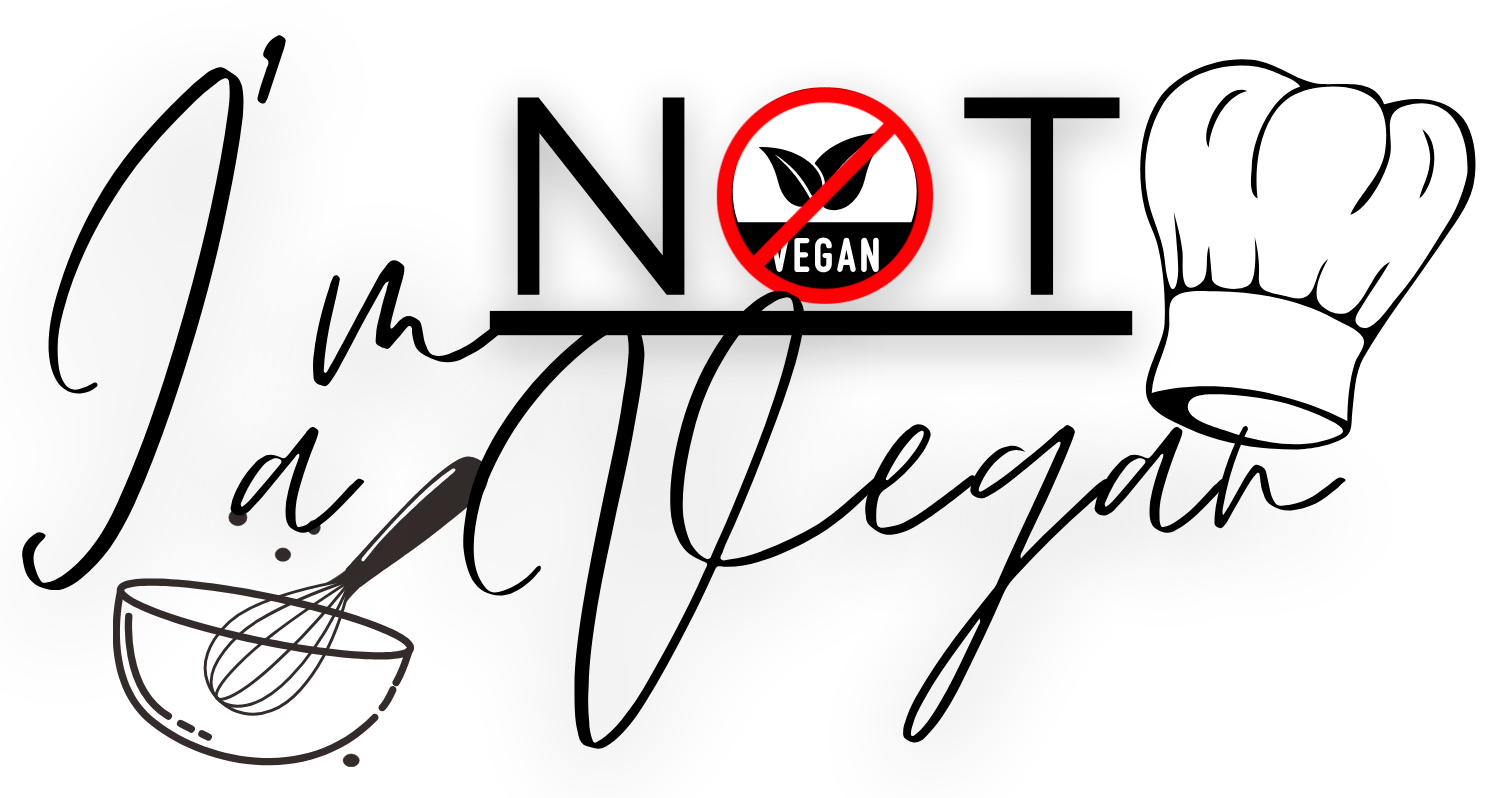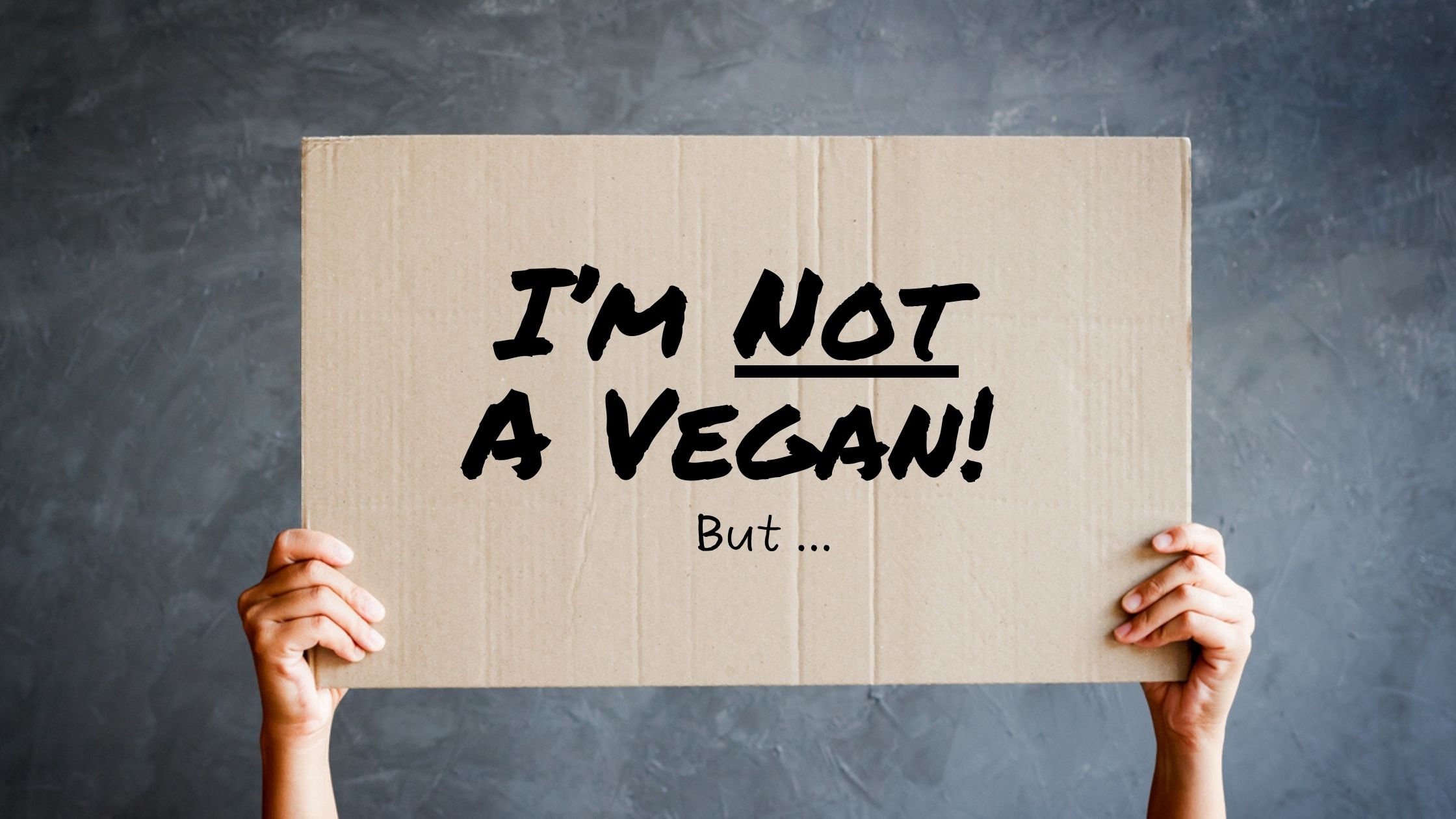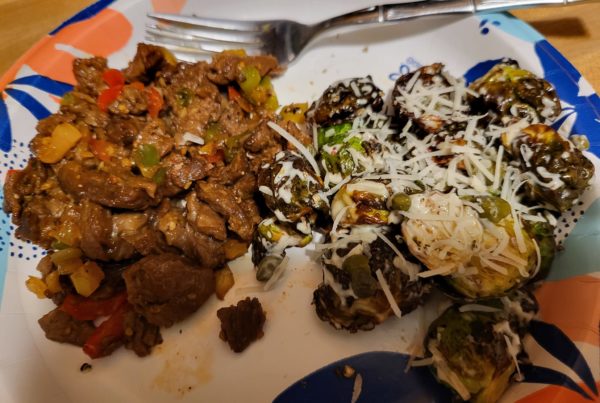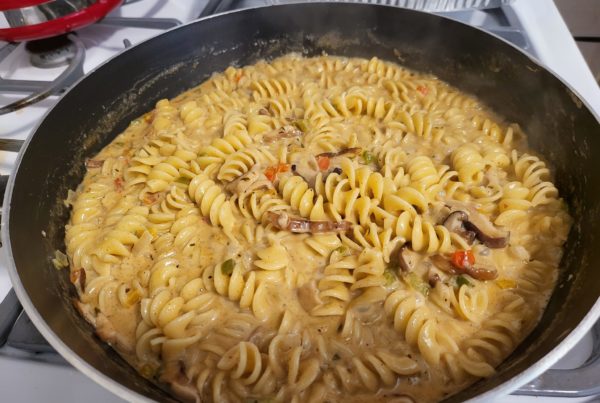This post may contain affiliate links.
Recently, there has been a growing awareness of animal products’ environmental, ethical, and health implications. Many people are making conscious choices to reduce their meat consumption or eliminate it entirely. While some opt for a vegan lifestyle, I have chosen a different path: I primarily eat plant-based, but I’m Not A Vegan.
My approach to eating choice is known as flexitarian or semi-vegetarian. A flexitarian primarily follows a plant-based diet but occasionally includes a small amount of animal products. This approach allows for flexibility and acknowledges that the relationship between humans and animals vary based on personal beliefs, cultural norms, and individual circumstances and choice.
Here are a few reasons why I chose this flexitarian lifestyle.
Health Reasons
I decided to reduce (and hopefully eliminate in the future) my animal meat consumption for health reasons. Being diagnosed with Type II Diabetes, Hypertension, High Cholesterol, and being overweight, numerous studies suggest that a plant-based diet can reduce the risk of these and other chronic diseases. By adopting a flexitarian diet, I still enjoy some animal products (sparingly) and improve my overall health.
Ethical Concerns
Don’t get me wrong. I am also concerned about the ethical treatment of animals in the food industry. While I don’t avoid some animal products, I try to choose products from sources that prioritize animal welfare and sustainable farming practices.
Cultural and Social Reasons
Food is deeply intertwined with my culture and social connections. For me, embracing a flexitarian lifestyle allows me to participate in traditions and social gatherings without feeling isolated or restricted. It also opens the door to meaningful conversations about food choices with family and friends.
It’s MY Personal Choice
Ultimately, the decision to follow a flexitarian diet is a personal one. It aligns with my values and allows me to make choices reflecting my beliefs while enjoying occasional culinary indulgence.
If this sounds like you and you are considering a flexitarian approach to your diet, here are some tips to help you get started.
- Gradual Change is Good: Gradually reduce meat consumption and explore plant-based alternatives.
- Try Meat Alternatives: Countless plant-based meat alternatives can satisfy your cravings for meat.
- Educate Yourself: Learn about the health reasons (as well as environmental and ethical reasons) behind your dietary choices to stay motivated.
- Experiment with Plant-Based Recipes: Explore the world of plant-based cooking and discover delicious recipes that make the transition easier.
- Make Mindful Choices: When you do choose animal products, opt for high-quality, sustainably sourced options that align with your health and values.
While “I’m NOT a Vegan,” I am committed to reducing my meat consumption and making conscious choices that align with healing my body.
Whether you’re fully vegan or following a flexitarian path like me, the most important thing is to make choices that feel right for you and contribute to a happier, healthier, and wealthier life.
This post may contain affiliate links.













